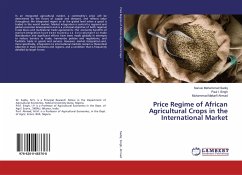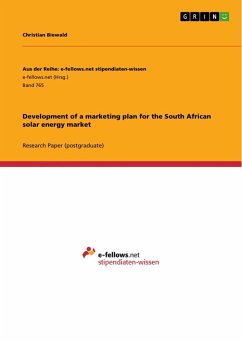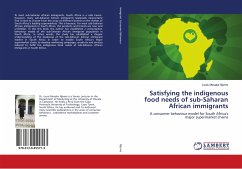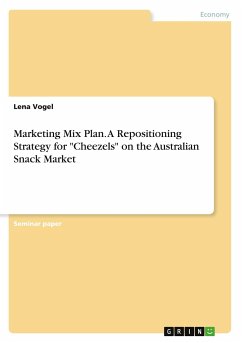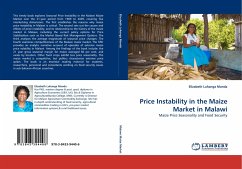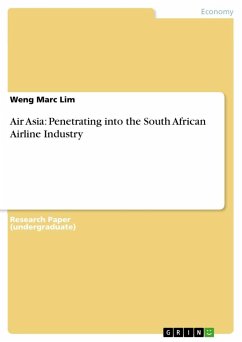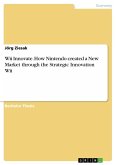In an integrated agricultural market, a commodity¿s price will be determined by the forces of supply and demand, and reflects value throughout the integrated region or at the global level when a good is traded in the world market. Market integration is central to regional and global economic development and is a principal objective of both regional trade blocs and multilateral trade agreements. The economic benefits of market integration have been touted as a key rationale for trade liberalization and significant efforts have been made globally in attempts to reduce barriers to trade, harmonize policies and regulations, and facilitate trade in goods and services. However, market integration and, more specifically, integration to international markets remain a theoretical objective in many industries and regions, and a condition that is frequently derailed by larger forces.
Hinweis: Dieser Artikel kann nur an eine deutsche Lieferadresse ausgeliefert werden.
Hinweis: Dieser Artikel kann nur an eine deutsche Lieferadresse ausgeliefert werden.

